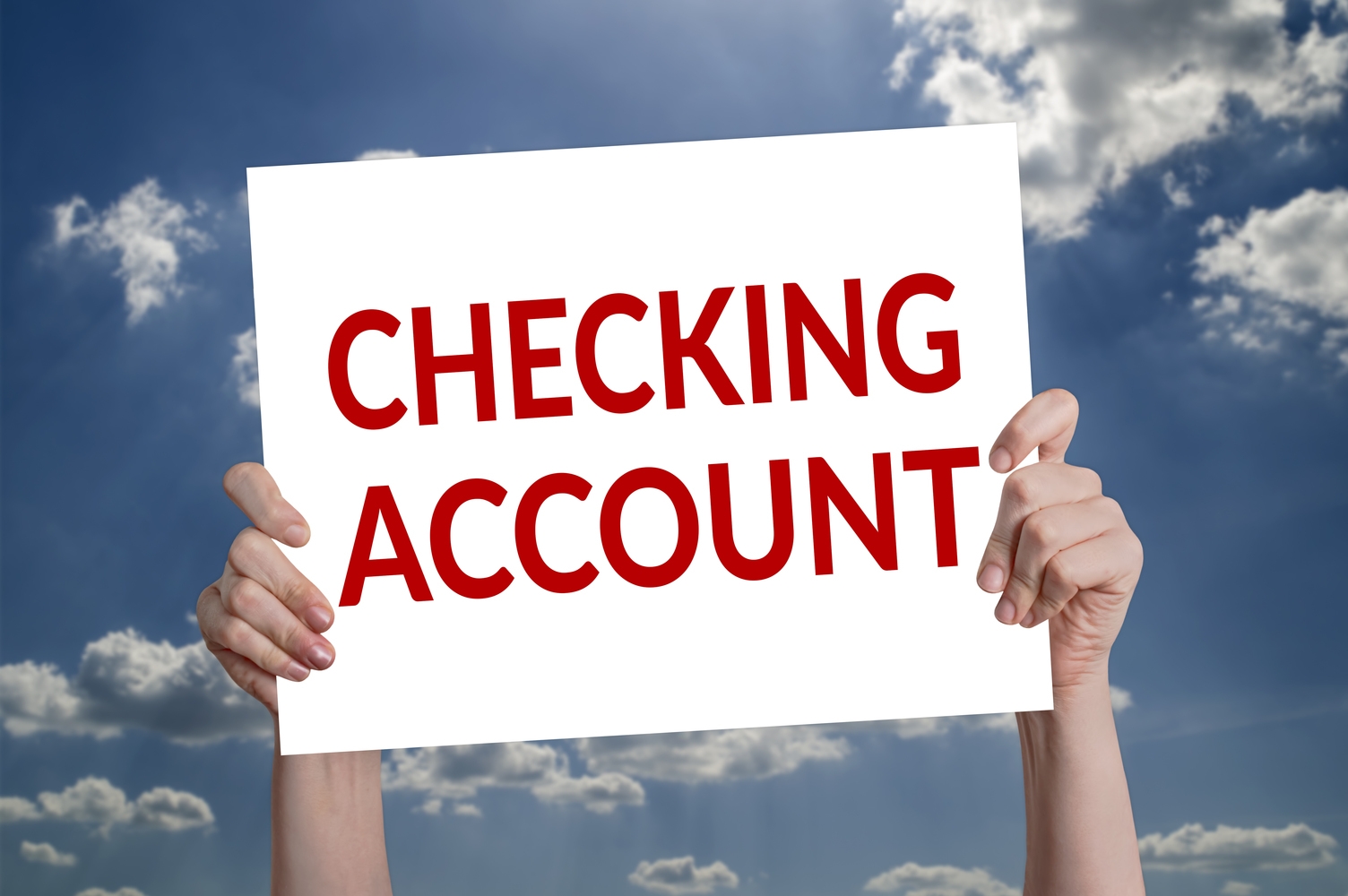Selecting and Managing a Checking Account in the Philippines
The financial landscape in the Philippines is characterized by a diverse array of banking products designed to cater to the needs of its population. Among the plethora of services available, checking accounts stand out for their versatility and practicality. Ideal for day-to-day transactions and financial management, checking accounts offer customers a secure and convenient way to handle their finances.
Understanding Checking Accounts
A checking account, commonly known as a “current account” in the Philippines, is a type of bank account that allows account holders to perform a variety of financial transactions. These include depositing and withdrawing cash, writing checks, and using electronic payment methods. Checking accounts are particularly useful for individuals and businesses that need frequent access to their funds for transactions like paying bills, salaries, or making purchases.
Benefits of a Checking Account
1.Convenience: A checking account offers ease of access to funds through the use of checks, debit cards, and online banking platforms.
2.Record-Keeping: Regular statements provided by the bank help in maintaining accurate records of all transactions, which is crucial for budgeting and accounting.
3.Safety: Funds in a checking account are safely stored in a bank and are protected up to ₱500,000 by the Philippine Deposit Insurance Corporation (PDIC).
4.Facilitates Business Transactions: For businesses, checking accounts are indispensable for handling large volumes of transactions efficiently.
How to Open a Checking Account in the Philippines
Opening a checking account in the Philippines involves a straightforward process, but it does require compliance with certain banking regulations.
1.Choosing the Right Bank: Different banks offer various features, fees, and benefits for their checking accounts. It’s essential to compare factors such as minimum balance requirements, transaction fees, and additional services, such as online banking and mobile app support.
2.Eligibility and Requirements: Generally, the following are required to open a checking account:
A duly accomplished application form
Valid identification documents (such as a passport, driver’s license, or a government-issued ID)
Proof of address (utility bills, lease agreements)
Initial deposit (which varies from bank to bank)
3.Application Process: Visit your chosen bank and submit the required documents. Bank representatives will guide you through their specific process, which typically includes filling out forms, providing identification and other required documents, and making an initial deposit.
Maintaining Your Checking Account
Once your checking account is active, effective management is key to enjoying its benefits without incurring unnecessary fees or facing penalties.
1.Regular Monitoring: Keep track of your account balance and transactions using online banking platforms or mobile apps provided by your bank. Regular monitoring helps prevent overdrafts and unauthorized transactions.
2.Managing Checks: Write checks with care to avoid errors or fraudulent use. Always record issued checks in your check register, noting the transaction details to maintain accurate records.
3.Avoiding Overdraft Fees: Monitor your spending closely to ensure you have sufficient funds in your account to cover all issued checks and debit transactions. Some banks offer overdraft protection services that link your checking account to a savings or other account to cover shortfalls.
4.Understanding Fees: Be aware of any fees associated with your checking account, such as monthly maintenance fees, transaction fees, and penalties for insufficient funds. Understanding these fees helps you minimize costs and avoid surprises.
5.Securing Your Account: Protect your account information and personal identification details. Regularly change passwords for online banking, and notify your bank immediately if you suspect any unauthorized access or fraudulent activity.
A checking account in the Philippines provides a robust solution for managing daily financial transactions conveniently and securely. By understanding the benefits, requirements, and effective strategies for account management, you can maximize the utility of a checking account while minimizing associated costs and risks. Opt for a bank that aligns with your needs and preferences, and adopt responsible banking habits to ensure a smooth and beneficial banking experience. Whether for personal use or business purposes, a well-managed checking account can be a valuable financial tool in your journey towards financial stability and efficient money management.



